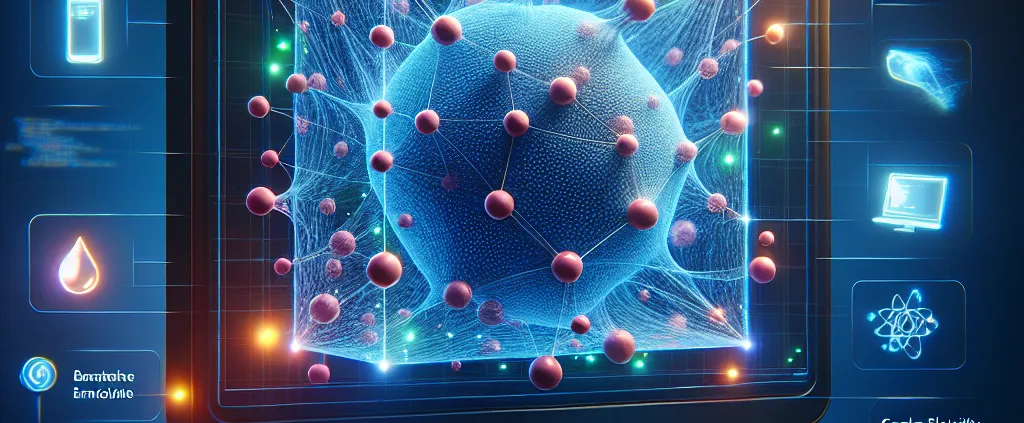In the ever-evolving landscape of tribology—the science of interacting surfaces in relative motion—the quest for precise modeling of elastic deformations under contact has taken a significant leap forward. Researchers, led by Yang Zhao from the School of Automotive and Transportation Engineering at Shenzhen Polytechnic University, have developed a novel approach using physics-informed neural networks (PINNs) to predict elastic deformations under Hertzian-like contact. This breakthrough, published in the journal *Friction* (translated as 摩擦 in Chinese), could have profound implications for the energy sector and beyond.
At the heart of this research lies the challenge of understanding how materials deform under pressure, a critical factor in designing efficient and durable mechanical systems. Traditional methods, such as the finite element method (FEM), have long been the gold standard for simulating these deformations. However, they often require extensive computational resources and can be time-consuming. Enter the weighted physics-informed neural network (weighted PINN), a method that leverages the power of artificial intelligence to streamline this process.
“Our method transforms the linear elasticity equation into an optimized neural network, allowing us to obtain elastic deformations with remarkable accuracy,” explains Zhao. This approach not only reduces the computational burden but also opens up new avenues for real-time analysis and prediction in tribological contacts.
The implications for the energy sector are particularly compelling. In industries where mechanical efficiency and durability are paramount—such as in wind turbines, internal combustion engines, and industrial machinery—the ability to predict elastic deformations with high precision can lead to significant improvements in design and performance. For instance, understanding how components deform under load can help engineers optimize the design of bearings, gears, and other critical components, reducing wear and tear and extending the lifespan of machinery.
Moreover, the potential for this technology extends beyond dry contacts to elastohydrodynamic lubricated (EHL) contacts, where the interaction between lubricants and surfaces plays a crucial role. By accurately predicting elastic deformations in these scenarios, researchers can develop more effective lubrication strategies, leading to enhanced energy efficiency and reduced environmental impact.
The research team’s findings are consistent with results obtained through traditional FEM, validating the effectiveness of their approach. “Our results demonstrate that the weighted PINN method can be a reliable and efficient tool for obtaining elastic deformations under Hertzian pressure,” Zhao notes. This consistency not only underscores the robustness of the method but also paves the way for its broader adoption in industrial applications.
As the energy sector continues to evolve, the demand for innovative solutions to improve mechanical efficiency and durability will only grow. The development of the weighted PINN method represents a significant step forward in meeting this demand, offering a powerful tool for researchers and engineers alike. With its potential to revolutionize the way we model and predict elastic deformations, this research could shape the future of tribology and the broader energy landscape.
In the words of Zhao, “We envision that our method has great application potential in dry and EHL contacts in the prediction of elastic deformation.” As the field continues to advance, the impact of this research is likely to be felt far and wide, driving progress in energy efficiency, sustainability, and mechanical innovation.

